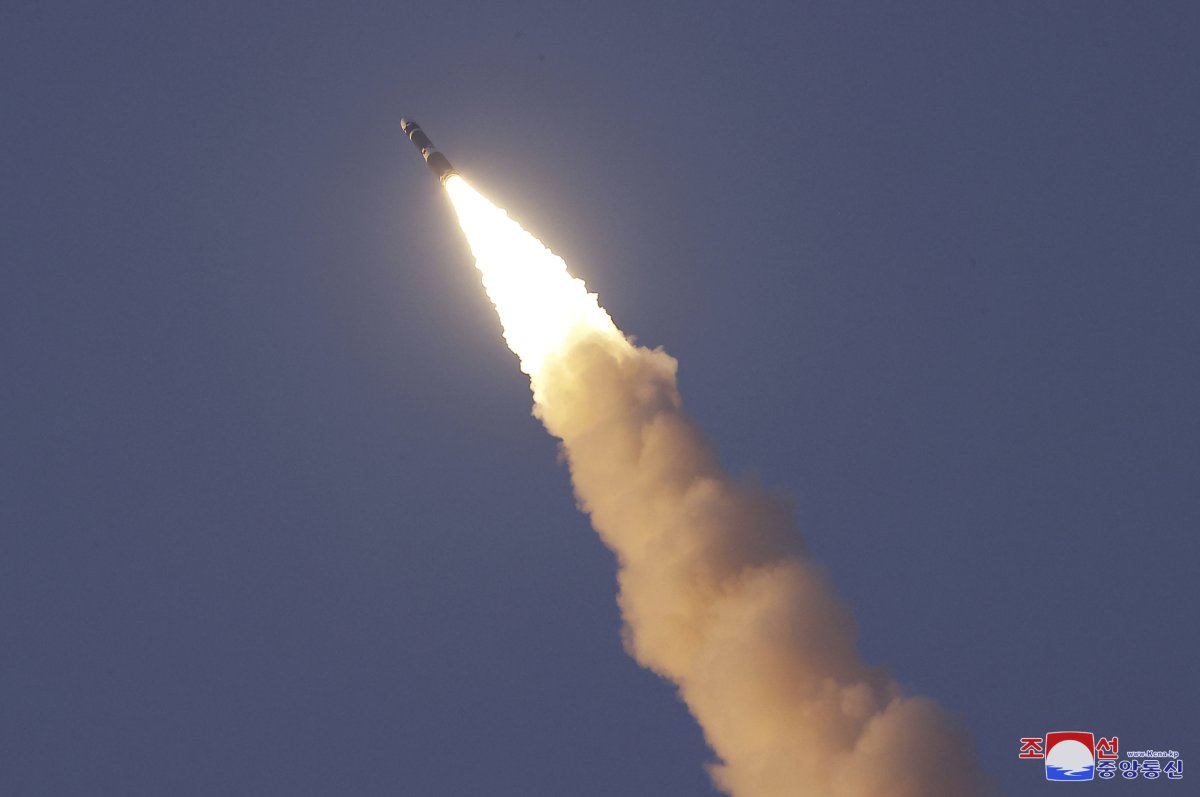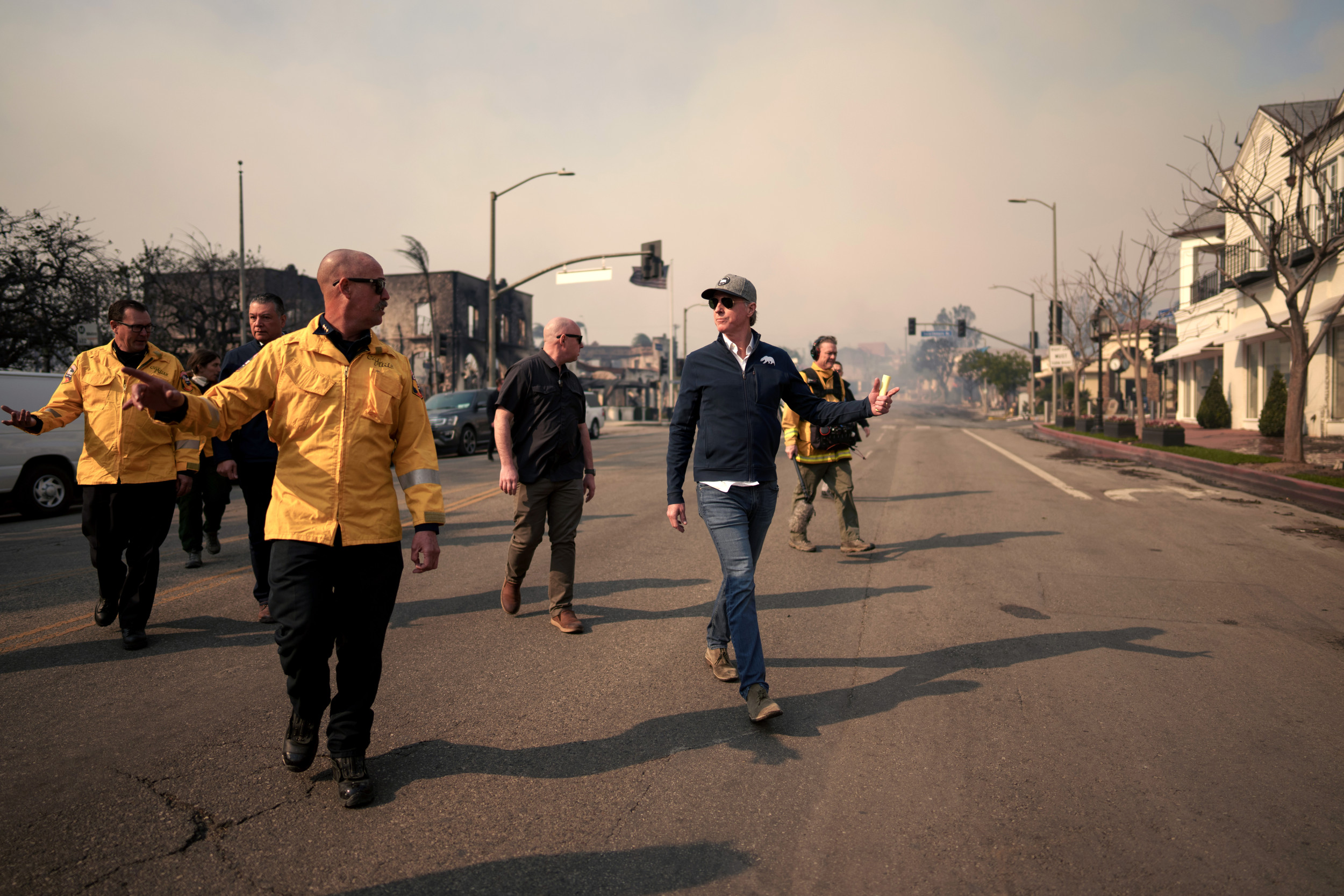The United States sent a bomber to Northeast Asia for a trilateral aerial exercise with its allies on Sunday, following North Korea's test launch of a new nuclear ballistic missile.
The allied exercise, which also involved South Korea and Japan, came after Kim Jong Un, leader of North Korea, on Thursday observed the launch of a Hwasong-19 intercontinental ballistic missile (ICBM), the country's largest missile and its longest nuclear missile test.
While the missile traveled on a steep vertical path to avoid the sovereign airspace of other countries, Japan estimated the Hwasong-19 is capable of flying over 9,320 miles, which could deliver a nuclear strike to the continental U.S. if it launched on a normal trajectory.

Both South Korea and Japan are not nuclear-armed. They are under the protection of U.S. extended deterrence, also known as the nuclear umbrella, Washington's commitment to deter and respond to nuclear and non-nuclear scenarios in defense of Seoul and Tokyo.
A U.S. Air Force B-1B bomber, also known as the Lancer, was sent from its home station at Ellsworth Air Force Base in South Dakota to airspace east of the South Korean island of Jeju, which is south of the Korean Peninsula and west of Japan's main island of Kyushu.
The B-1B is one of the three American long-range bombers in service, but unlike the B-2 Spirit and the B-52H Stratofortress, it cannot carry nuclear weapons. However, it has a 75,000-pound conventional payload of weapons, the largest in the Air Force inventory.
Following a transpacific flight, the American bomber rendezvoused with four Japanese F-2 fighter jets, four South Korean F-15K fighter jets, as well as three U.S. F-16 fighter jets that were forward-deployed in South Korea, for a trilateral escort flight of the bomber.
The U.S. military claimed this exercise enabled an immediate response to regional security challenges in a critical security environment. "Our three nations maintain an absolute commitment to the shared vision of a secure, rules-based, and open Indo-Pacific region," the U.S. Indo-Pacific Command Public Affairs said in a statement on Sunday.

The South Korean military revealed that the American bomber demonstrated what it called "overwhelming" capabilities to attack a simulated target during the non-live-fire exercise.
It also made clear that the bomber exercise was conducted in response to the launch of the North Korean ICBM, vowing Seoul will strengthen and increase its security coordination with Washington and Tokyo to deter and jointly respond to threats posed by Pyongyang.
According to the Japanese media, this was the fourth time the U.S. military has deployed its bombers to the Korean Peninsula. The previous three occasions occurred on April 2, June 5, and October 1, which involved the B-1B Lancer and the B-52H Stratofortress.
After the end of the exercise on Sunday, the American bomber turned around and went back home. According to military aircraft trackers, two bombers were planned for the exercise, but one of them returned to South Dakota midway through, likely due to issues.




















 English (US) ·
English (US) ·